The anthropocene era gets a bad rap: climate change, pollution, drought, flooding, habitat loss… Augh! Despite this, many people are making local, positive change by creating habitat with a bit of yard space. While it’s a small way to counter the ongoing, wholesale destruction of habitat for important species, it is hopeful–especially when these tiny pockets of habitat connect and form vital wildlife corridors.
Biodiversity is essential for all life to thrive
The variety and richness of all the species on Earth is called biodiversity. When one species loses habitat, many other species will also decline, often in unforeseen ways. Habitat loss, pesticides, and climate change are harming insect populations, including important food crop pollinators, worldwide. And for complex reasons, North American bird populations have experienced devastating losses. This is frightening because biodiversity’s very presence is essential for all life to exist, including us!
If living things matter, biodiversity matters simply because life matters. When biodiversity is abundant, there are more reliable sources of food, water, clean air, medicine, etc., as all of these “resources” come from the planet. In an ecocentric (rather than anthropocentric, or human-centered) paradigm, all species are important. For those who are comfortable in an anthropocentric model, biodiversity still matters because we humans depend on functioning ecosystems for the food we eat, the water we drink, and other necessities and comforts provided by Mother Earth.
Lupines and Fireflies No. 4 image by Mike Lewinski licensed under CC BY 2.0 DEED.
Attracting Wildlife to Your Yard
You can enhance the biodiversity in your own yard by creating even small pockets of habitat that support diverse plant and insect life. These habitats provide a place for a wonderfully complex food web involving fungi, insects, birds, small mammals, and more. If you’re incorporating native plants into your landscape plan, and sources of water for wildlife, then you are off to a great start.
To begin, research what plants thrive in your bioregion. Native plants are vital to attracting wildlife because they have developed interdependence over thousands of years. Find someone in your neighborhood with a native landscape you admire, and see what advice or resources they may have to offer. It’s worth noting that your neighbor may have beautiful, natural-looking landscaping but may still be using toxic chemical fertilizers, herbicides, and insecticides or harming the environment in other ways. For a holistic approach, consider biological pest controls. For example, dragonflies eat gnats, flies, and mosquitos, helping keep those populations in check.
With biodiversity in mind, it’s important to go beyond plants and pesticides. Look at fencing and lighting, and potential roosting and nesting sites. Darkness is an often-neglected natural habitat. Fireflies, bats, and migrating birds will thank you for not sending yard lighting carelessly up into the sky (which also wastes energy) and adding timers or motion sensors to your outdoor lighting. All of these critters are sensitive to light pollution. If anything, avoid bluish-white lights in your yard at all costs! Daylight-like light is particularly disruptive to animals, including humans. This is especially true if you have a water source on your property; a river, pond, or ocean adjacent.
The New Native Plant Garden at the New York Botanical Garden image by JR P licensed under CC BY-NC 2.0 DEED.
Wildlife Habitats Can Be Beautiful, Peaceful Spaces
Has a garden with native landscaping ever stopped you in your tracks? If so, it’s possible that you were enticed by biophilia: the love of life and affinity for all that is alive. A natural pocket of habitat and its capability for attracting wildlife can have a calming, inspiring influence. The mental health benefits of wild spaces are well-documented and include alleviation of anxiety, boosts of pleasant endorphins, and general improvements of mood. Even in one yard, a little habitat can offer a space that feels safe, soothing, and welcoming.
Native plants are accustomed to the climate where you live, requiring less maintenance, and are essential for attracting wildlife. From native, solitary bees to migrating birds, many unique species will slowly discover your landscape as a space they can frequent–simply because of the presence of native plants.
Whether you draw inspiration from a local park with a native plant garden or a tree-lined path offering shade and birdsong in the bustling city, chances are that pockets of wildlife habitat have already improved your own health. For beauty alone, attracting wildlife to public and private natural habitats is increasingly popular.
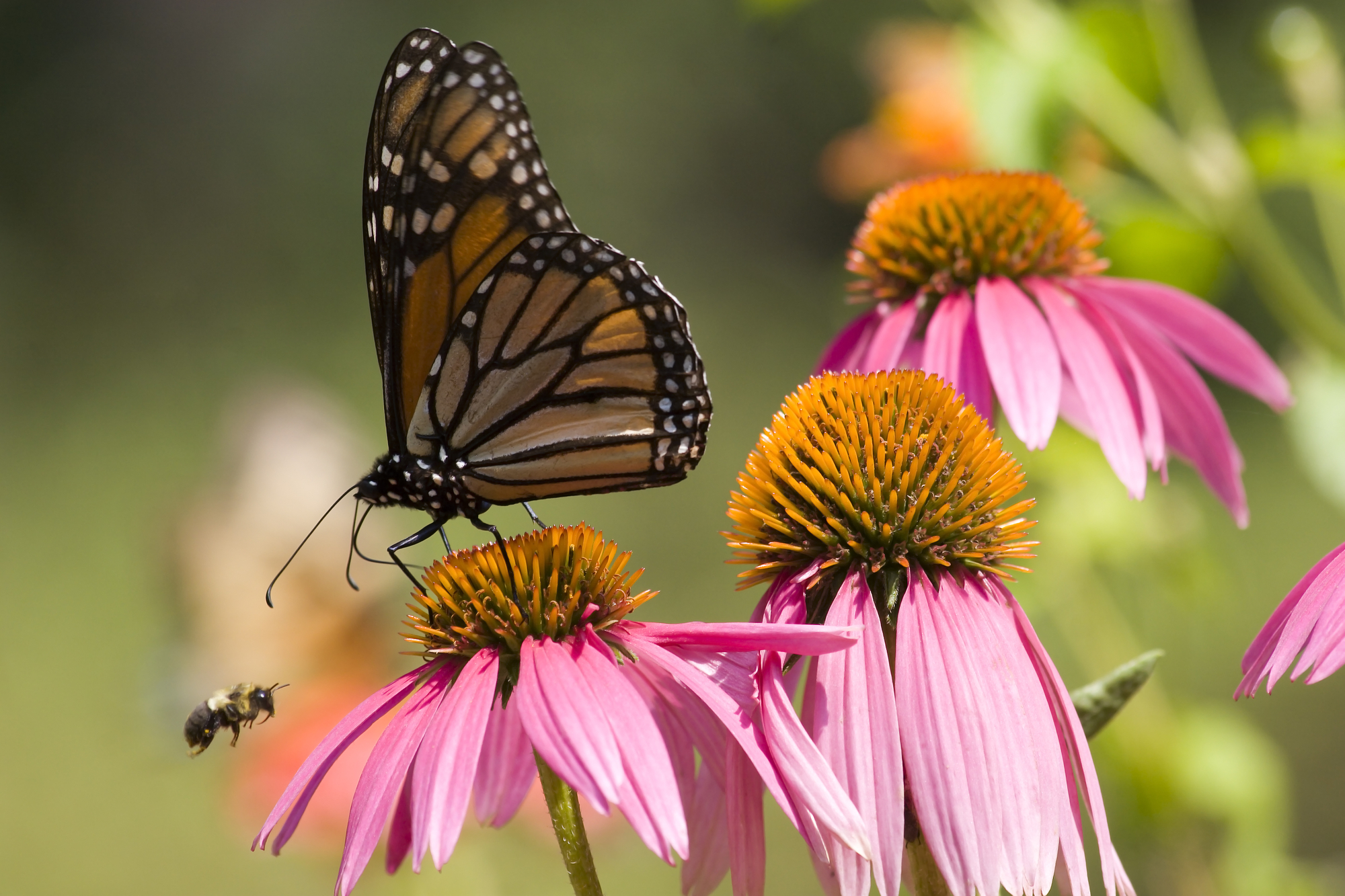
Pockets of Habitat Connect Wildlife Corridors
A single pocket of habitat with an abundance of native plants can be a home to hundreds of species throughout the year. When these tiny pockets connect, much like a string of beads threaded on a necklace, the result is a winding path of potential habitat—in other words, a corridor.
Wildlife corridors are essential to any migrating species. They also create paths for isolated populations of animals to move from habitat to habitat. Wildlife corridors are becoming increasingly recognized for attracting wildlife of many sorts—birds, fish, and megafauna—and the difference they make to hundreds of species.
Take monarch caterpillars, for example, who only feed on milkweed. Planting milkweed in your yard creates breeding habitat for generations of monarchs before they migrate South. But before you jump straight to planting milkweed or a butterfly garden, be sure to research which species of milkweed—or any plant—is native to your area.
Attracting wildlife to your yard is easiest with our feathered friends. And one of the best ways to attract birds is to provide a steady water source. Birds appreciate water to slake thirst, but also to bathe and cool themselves on hot summer days. If your home is in the path of one of North America’s major migratory flyways, you might find yourself hosting dozens of different species stopping for a brief respite.

Pushback Against Attracting Wildlife
Homeowners, and their neighbors, might advocate against landscaping to create wildlife habitats, due to perceived negative aesthetic impacts, damage to buildings or landscaping, and risks to human or pet safety. Concerns around human safety are often voiced when there are propositions to control or reduce street lighting. It’s also worth noting that lawns can be good spaces for pets and children to run around and move their bodies.
While the aesthetic concerns are easier to address with the plethora of beautifully landscaped wildlife gardens, the safety concerns of attracting wildlife are more challenging. Animals seeking food, water, and shelter may harass their human hosts when disturbed or protecting their young. Consult a professional where four-legged or six-legged neighbors become a nuisance. It’s often a matter of securing trash cans, pets, and pet foods, or repairing or reinforcing a path of ingress. It’s unwise to leave food for animals, and often dangerous for the animals. A small, squirrel-proof bird feeder might be the exception.
Never use poison and pesticides are strongly discouraged to control critters outdoors, as these easily make their way into groundwater, soil, air, and human and animal food webs.
Red fox walking with a rat in the mouth image by Tambako The Jaguar licensed under CC BY-ND 2.0 DEED.
Tips for Creating a Wildlife-Friendly Oasis
- Whether you’re in the suburbs, city, or rural areas, attracting wildlife begins with researching plants that are native to your area. A simple Google search might lead to the Native Plant Finder, Garden for Wildlife, or a more-local resource. Or visit a local nursery to begin learning about the plants that thrive in your bioregion.
- Less lawn is better! Most lawns require fertilizer, intensive watering, and maintenance. They also create a uniform, monotonous landscape that limits biodiversity and the imagination. For this reason alone, anywhere with a lawn is a great place to consider a lawn alternative as part of your ecocentric redesign.
- To be considered a “habitat” for attracting wildlife, there needs to be food, water, shelter, and physical space itself. Consider becoming a Certified Wildlife Habitat as one way to ensure you meet the needs of wildlife. Plus, you’re joining a community of people who are transforming their landscapes for the benefit of people and the planet.
Allie Rigby has a master’s in creative writing and a bachelor’s in environmental analysis. With Sunlight Editing, she creates educational content with the aim of inspiring people to enact local, positive change.


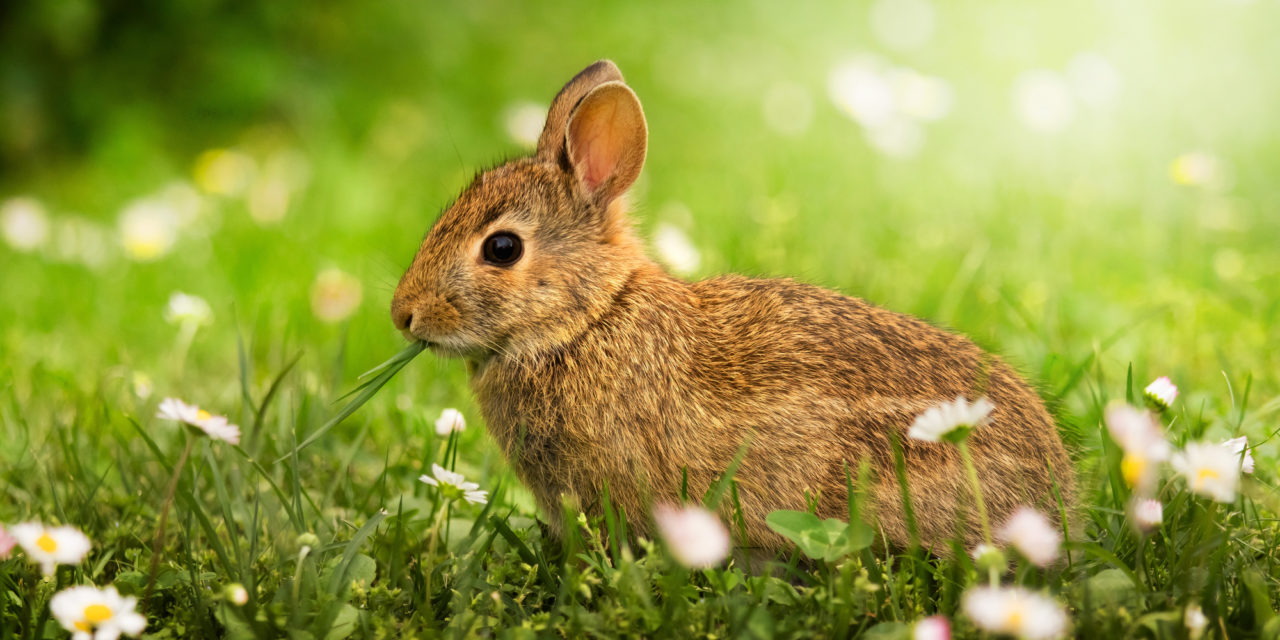
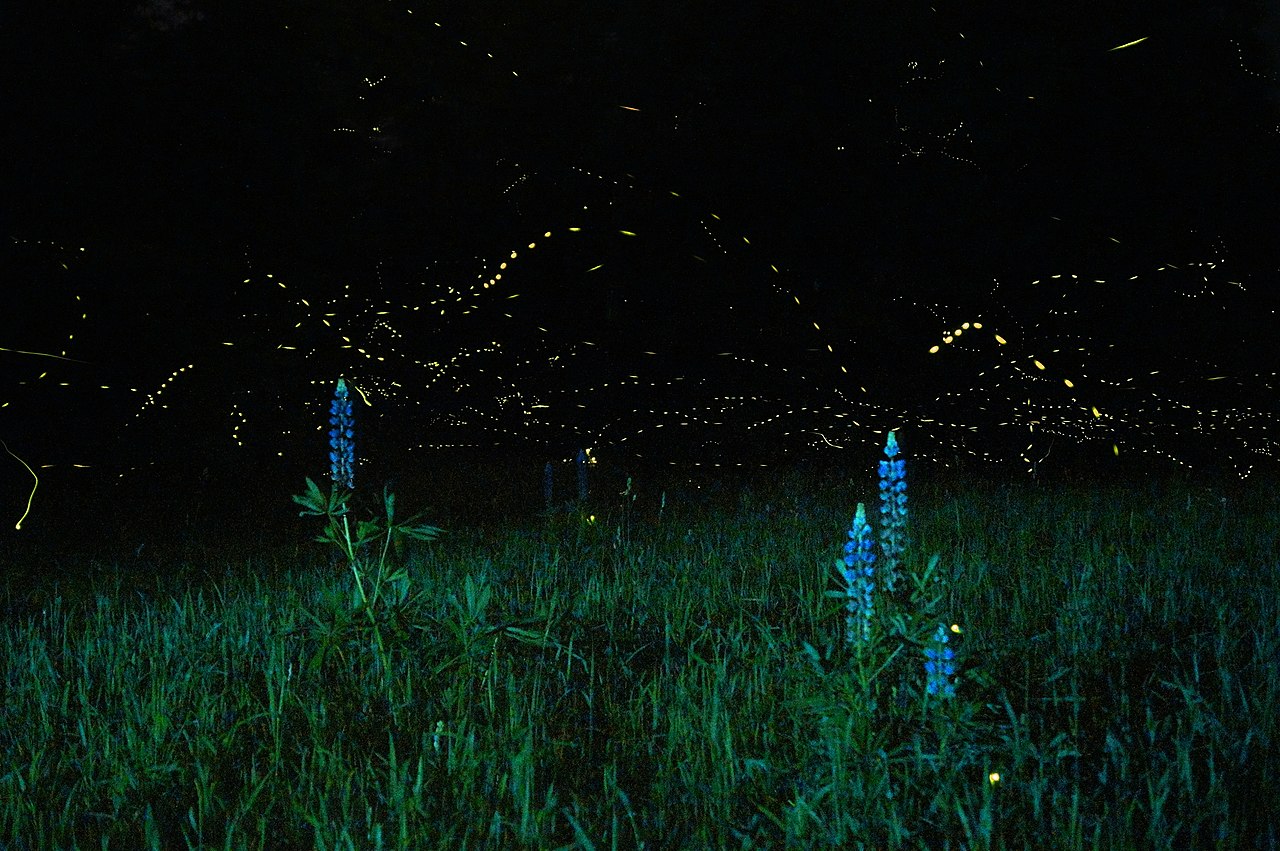

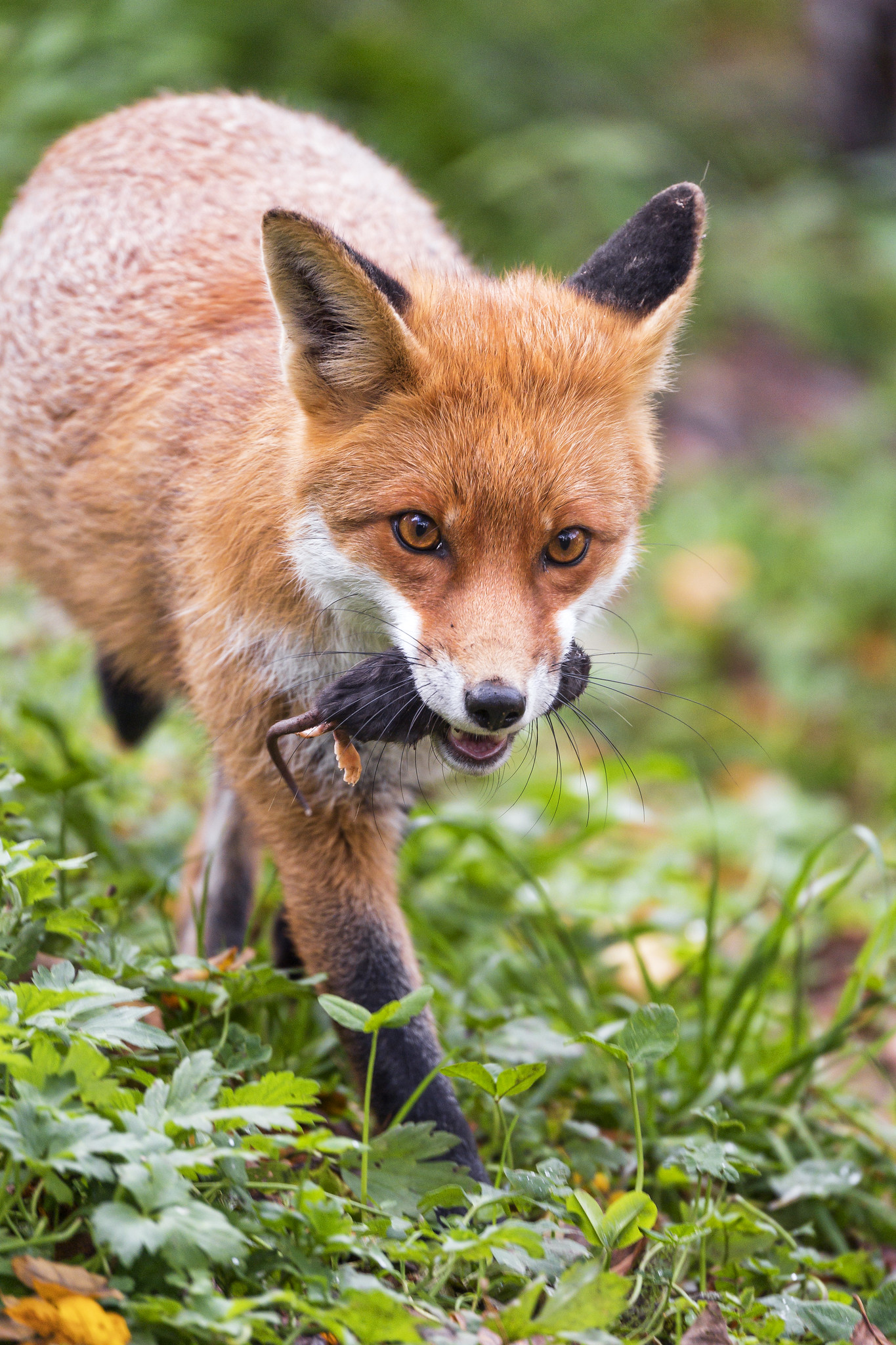

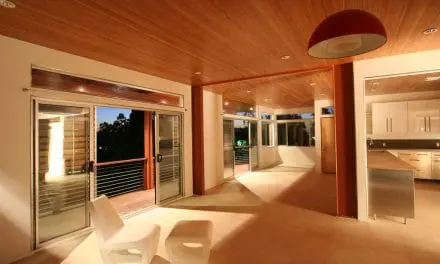

![10 Steps Toward a Zero Energy Home [Infographic]](https://elemental.green/wp-content/uploads/2016/04/cbfb-440x264.jpg)

